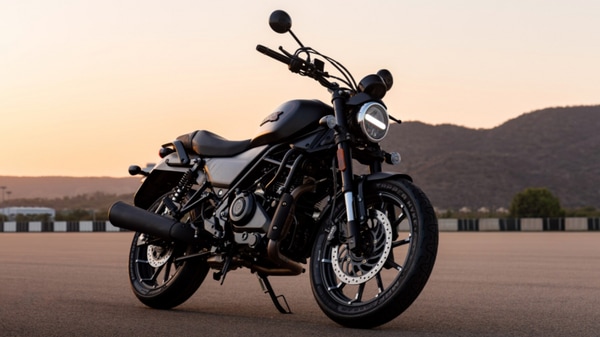- Donald Trump has issued a warning regarding reciprocal tariffs, which would result in the US imposing the same tariff rates as those levied by other countries on American exports.

US President Donald Trump has advocated for reciprocal tariffs on countries, corresponding to the rates at which they impose tariffs on American goods. During discussions with Prime Minister Narendra Modi, Trump criticized India’s high tariffs on US-manufactured Harley-Davidson motorcycles.
Also Read: Discover Harley-Davidson bikes in India
In his second term, Trump has reiterated the notion of reciprocal tariffs, asserting that this aligns with his vision of equitable trade practices. He previously imposed a 25% tariff on specific imports from Canada and Mexico, though that initiative was temporarily paused until the end of February. He has also targeted regions like the European Union, China, and India. “Currently, we are a reciprocal nation… Whatever tariffs India charges us, we will reciprocate, and I believe this is only fair,” he stated. “I recall when Harley Davidson struggled to sell their motorcycles in India due to steep taxes and tariffs, which led them to establish local manufacturing to circumvent these costs. Others might consider similar strategies in their dealings with us.”
While both India and the US maintain significant trade relations, Trump’s tariff threats do not single out any specific country. By promoting domestic production and leveraging his presidential campaign on the promise of creating more American jobs, Trump signals his desire for production capacities to develop or increase in the United States rather than relying heavily on imports.
What happened to Harley-Davidson in India?
Harley-Davidson entered India in 2009, launching its first dealership in 2010. Known as a premium brand in the US, Harley initially imported models such as Sportster, Dyna, VRSC, Softail, and CVO. However, as the years went by, the company began to locally assemble certain models, including the Street 500 and 750 in Bawal, Haryana.
Despite the vast two-wheeler market in India, penetrating the premium segment posed significant challenges. In September 2020, Harley-Davidson announced its exit, citing weak demand and disappointing sales figures. However, it wasn’t a complete exit; the American company partnered with Hero MotoCorp in October 2020, designing a framework for Hero to enable sales and servicing of Harley’s motorcycles. By 2023, their first joint project, the Harley-Davidson X440, launched at a price of ₹2.30 lakh (ex-showroom).
Stay informed about Upcoming Cars In India, Electric Vehicles, Upcoming Bikes in India, and the exciting technologies reshaping the automotive industry.
First Published Date: 14 Feb 2025, 12:50 PM IST



